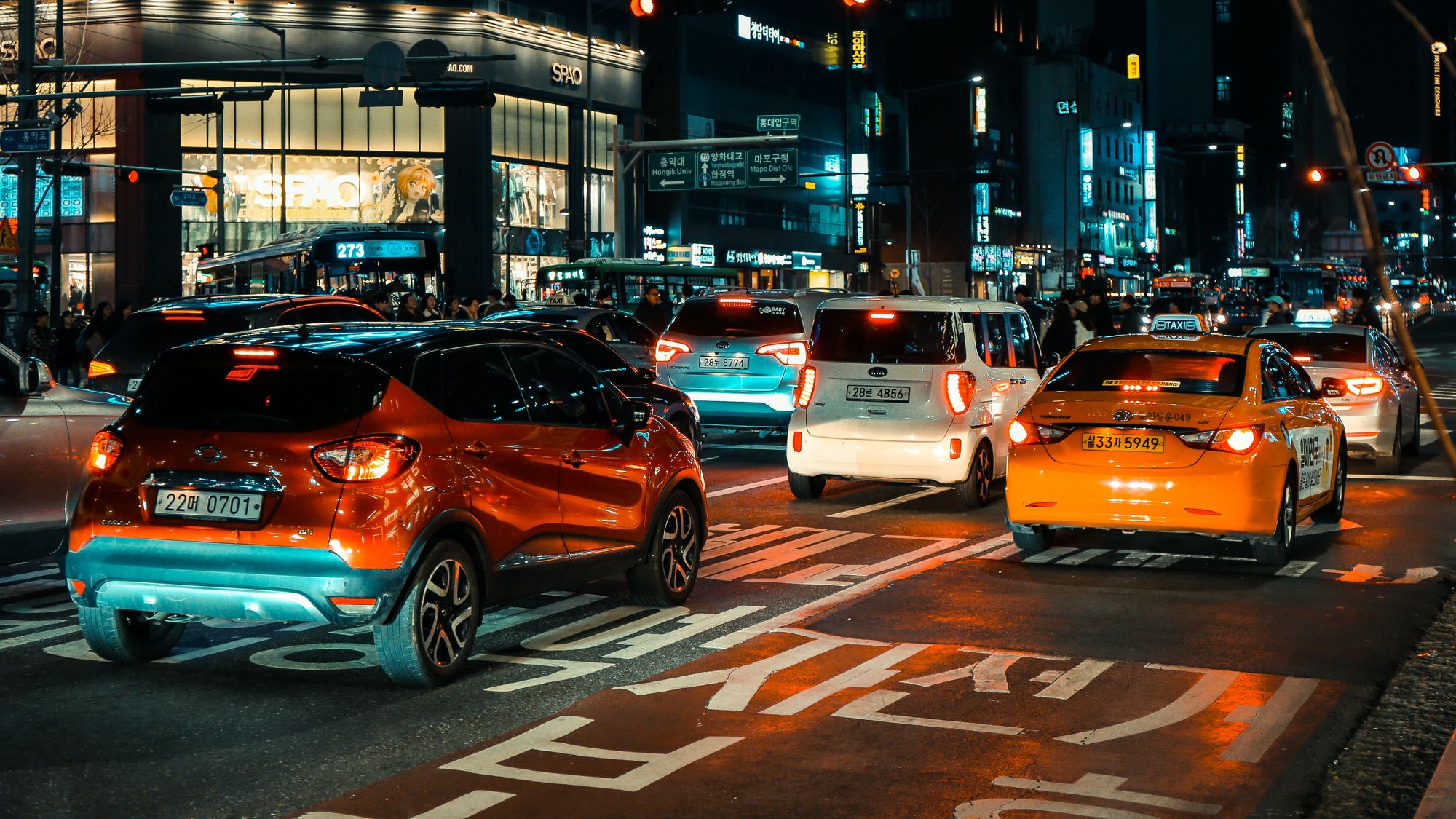This is the first article in a series about emerging technology and insurance. Other articles include:
Welcome to the dawn of the self-driving car era, and a subsequent emerging challenge: how to insure them. For the last two decades, improvements to sensor technology & its gradual adoption into both commercial and domestic sectors has drastically improved the affordability of manufacturing. This cheaper technology eventually made its way into the hands of automakers, and is the genesis of self-driving technology. To understand this and how to insure its additional risks, we must first look at the technology itself.
Technology & Viability

Originally, the largest technical limitation to self-driving cars was the significant processing power required to synthesize the data from so many sensors. However, recent advancements in cloud systems, computer chip design, and AI have enabled much smaller computers to monitor real-time data, take action, and provide services autonomously.
This data gold rush has driven companies like Tesla, Waymo, and Luminar into a race to create commercially viable self-driving vehicle systems.
In contrast to the cloud systems and AI, many sensor technologies are mature in their development if not application.
Many of these companies are making the push to create self-driving systems that use an array of sensors to feed data into a computer that autonomously decides on behalf of the driver. These sensors include cameras (which detect and identify objects via an AI called computer vision), ultrasonic, radar, and Lidar (which is better at detecting and mapping short and long-range distances).
In contrast to cloud systems and AI, many sensor technologies are mature in their development, if not application. For example, the vast majority of Fortune 500 companies are still undergoing digital transformation incorporating cloud and AI technologies into their operating models. Whereas sensor tech like Lidar and radar has been used for decades in military and commercial applications.
What this means is that vehicles like Tesla, which rely heavily on cameras/computer vision, radar, and ultrasonic sensors, are still years from maturing their technology and having fully autonomous self-driving capabilities. Companies like Luminar (which provides the sensors) with proven lidar systems are beyond the price range of the average consumer, making them uneconomical for self-driving applications. Unless the industry makes drastic advancements on cheaper lidar versions, these systems will not be viable at scale except perhaps in commercial applications like driverless delivery.

What does this mean for insurance?
When fully autonomous vehicles reach saturation, the reduction in risk will drive the price of auto policies down. Yet, the increase in the value of autonomous vehicles will require owners to purchase more coverage. Over time, this will create a major problem for state insurance regulators. The high purchase price of fully autonomous vehicles will exclude many low-income auto owners from adequately insuring their vehicles, potentially resulting in an overall increased cost of coverage. State regulators will also have to set new minimums on auto coverage to address the increased value of self-driving systems included in the overall cost of the average vehicle. Ultimately, state legislatures will have to be cautious that they do not create a system that imposes more costs on the less financially abled.
The intersection between vehicles with greater connectivity and cyber security will become increasingly important over the next decade. Cyber crimes will continue, and it is only a matter of time before cybercriminals hack into these systems/vehicles. The purpose of these hacks may vary, but the use of ransomware, disabling the vehicle until the owner pays the ransom, will make up a significant number of these cybersecurity incidents. This will lead to insurers either including or offering supplemental coverage options for cyber to consumers as a part of auto insurance.
Self-driving cars will require changes to not just auto insurance, but the new infrastructure being built to support them.
Self-driving vehicles will pose unique opportunities and challenges for claims professionals. On one hand, the plethora of sensor data will make it easier to determine the accident timeline and which driver(s) are at fault. On the other insurance companies will have to develop the capacity to analyze this sensor data, thus imposing an additional expense on the insurer. The new reliance on vehicle sensor data will see the claims field shift to a heavier IT emphasis, with new software augmenting much of what a claim professional does. Eventually, determining payouts and accident faults will be entirely automated under the belief that ‘data does not lie.’ As claims are on the tail-end of the insurance life cycle, self-driving technology will have little to no effect in the immediate future. Within the next decade, though, claims will undergo a radical shift because of this new technology.
Self-driving cars will require changes to not just auto insurance but the new infrastructure being built to support them. In commercial applications like increasingly popular last-mile delivery services, driverless delivery will dramatically cut labor expenses. The cost of insurance, however, will increase in the short run. Without a driver involved, there is an ambiguity about who handles the goods delivered. The retailer, the storage facility, the delivery service, or the customer? This increases the liability for lost, damaged, or stolen packages. Storefronts and storage facilities being repurposed for last-mile delivery are especially exposed to extra risks like theft, property damage, spoilage of food products, and fire. Thinking about insurance holistically (auto, property, general liability, etc.) will become increasingly important in the era of self-driving vehicles.
Self-driving vehicles are coming into existence because consumers want even greater convenience. To stay relevant, insurance professionals will need to match that level of convenience. On the technology side, regardless of the flavor of the sensor, companies on the cutting edge of technology and manufacturing processes are still 3-10 years away from making a commercially viable fully autonomous vehicle, plus an additional 4-10 years after commercial viability before enough companies and segments of the population adopt these vehicles to make a significant impact on insurers. Whether through embedded insurance, better sales technologies, or new product offerings like auto-cyber, the next decade will see major innovation within the insurance industry.
Special thank you to the co-author of the article, Elisha Cheng. Elisha is the COO of ReFocus AI, an enterprise AI-powered sales plugin for insurance professionals. As a recent graduate, he co-founded EPort an international import export company out of Southern China which he sold to East West Trading Co. He holds a bachelor's degree from University of California, Riverside in International Political Economy. Elisha currently resides in Sacramento, California.







